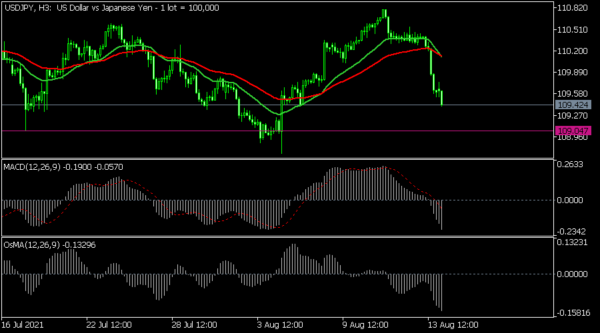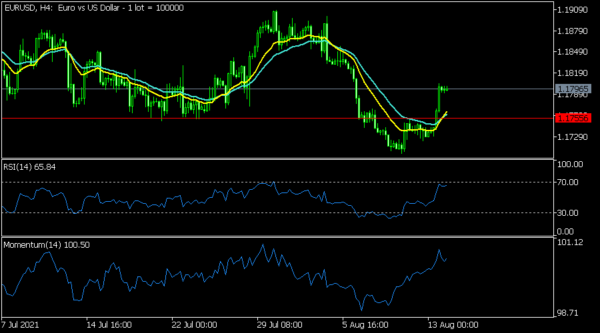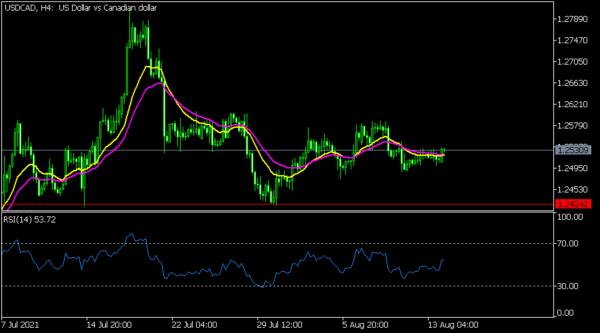The USDCAD pair rose slightly after the Canadian president called for Snap elections that will be held on September 20th. The country was originally set to go to election in the next two years. In a statement, Justin Trudeau said that the election will be a referendum on the government’s response to the Covid pandemic. He also said that the election will allow the government to continue its fight on key issues like climate, healthcare, and welfare. His government currently holds a minority power with 155 seats in parliament, which was less than the 170 threshold. The currency will react to the latest Canadian manufacturing sales numbers.
The USDJPY pair declined in early trading after relatively strong Japan GDP numbers. The data showed that the country’s economy expanded by 0.3% in the second quarter after slumping by 1% in the first quarter. The economy expanded by 1.3% on a year-on-year basis. This increase was better than the median estimate of 0.7%. Private consumption increased by 0.8% while capital expenditure increased by 1.7%. The main laggard was external demand, which slumped by 0.3%. The pair also retreated after data showed that US consumer confidence declined to the lowest level since 2011 as the Covid situation worsened.
The financial markets largely ignored ongoings in Afghanistan, where the Taliban managed to conquer Kabul. The democratically-elected president and his government fled the country while Western governments evacuated their staff. The mild reaction was mostly because the weekend’s events were easy to predict. Meanwhile, the economic and earnings calendar will be relatively muted today. The only major event will be the German central bank monthly report and the Empire States manufacturing index.
USDJPY
The USDJPY extended Friday’s decline after strong Japan GDP data. The pair fell to a low of 109.42, which was the lowest level since August 6. Along the way, the pair moved below the 25-day moving average while oscillators slumped. The moving average of oscillator declined to the lowest level in months while the histogram of the MACD fell to the lowest point this month. It will likely maintain the bearish momentum as bears target the next key support at 109.00.
EURUSD
The EURUSD was little changed during the Asian session after it jumped on Friday. The pair rose above the key resistance level at 1.1750. It also moved above the 25-day and 15-day moving averages while the Relative Strength Index (RSI) has moved close to the overbought level of 70. The momentum indicator has also been in a bullish trend. Therefore, the pair will likely keep rising as bulls target the key resistance at 1.1800.
USDCAD
The USDCAD pair was little changed after the Canadian president called a snap election. On the four-hour chart, the pair has formed what looks like a head and shoulders pattern whose neckline is at 1.2425. It has also moved along the 25-day and 15-day moving averages. The RSI has also moved above 50. The pair will likely break out lower in the near term.
















